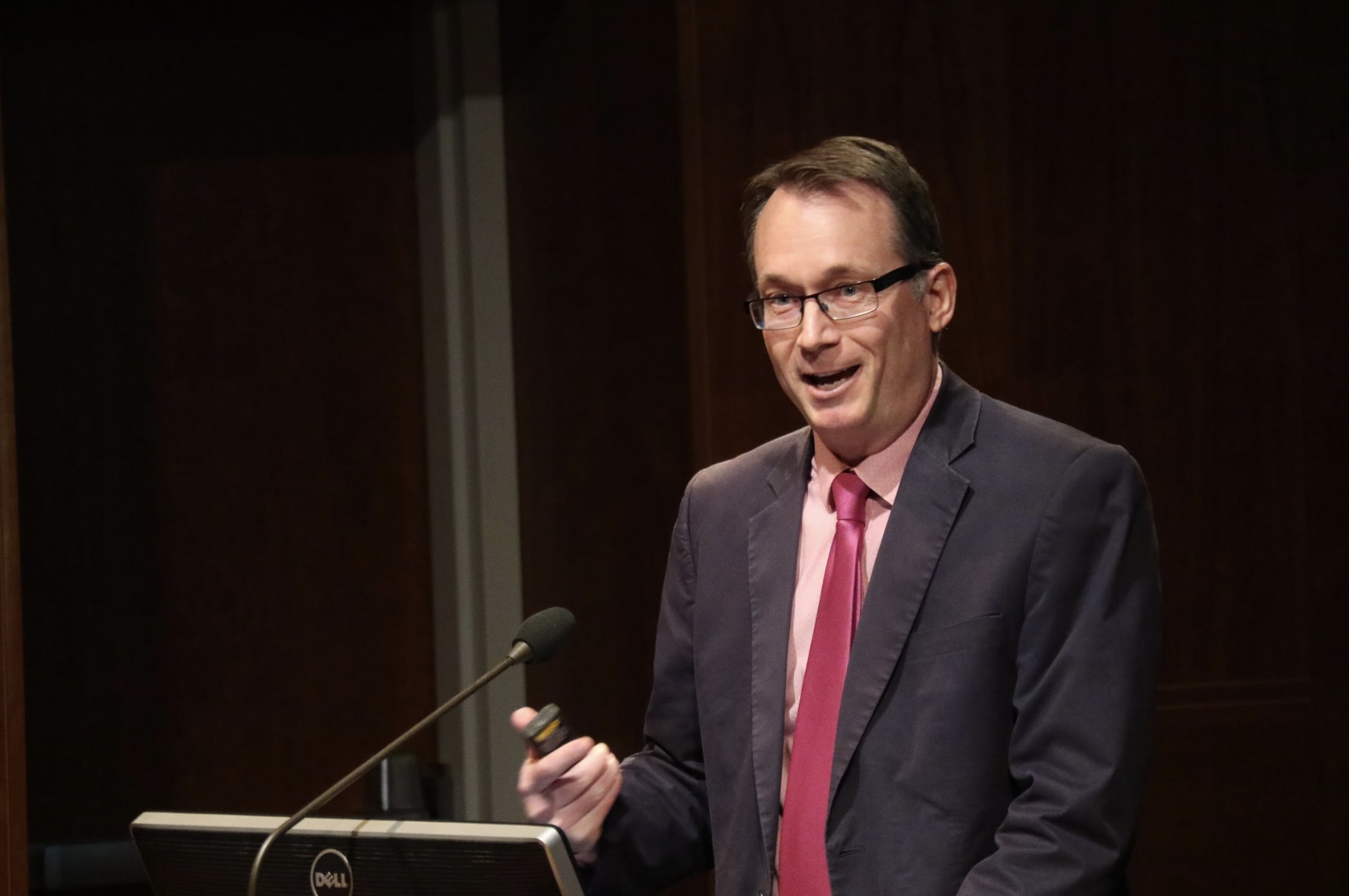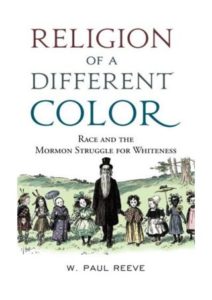
W. Paul Reeve, the Simmons Professor of Mormon Studies at the University of Utah, received the 2018 Kennedy Center Book of the Year Award on Nov. 7 on the BYU campus.
The Kennedy Center provides students the opportunity to be exposed to ideas and topics outside their disciplines through its Book of the Semester program. This year, the Kennedy Center’s theme is centered on social justice issues.
In accepting the honor for the book “Religion of a Different Color: Race and the Mormon Struggle for Whiteness,” Reeve explained to students and faculty the importance of “a healthy understanding of our shared racial story as Latter-day Saints and a willingness to bear the burden of racism that we all share.”

Reeve explained parts of his book, which offers insight into how Latter-day Saints in the nineteenth century were made outsiders in a Protestant white America. According to Reeve, Latter-day Saints were racialized as non-white to justify the expulsion from their homes.
Reeve shared the story of his great-great-grandfather abandoning his Illinois home in 1846 as the Saints began their migration westward, as well family members who died at the Haun’s Mill massacre in 1838 at the hands of Missouri militia.
According to Reeve, a survivor of the Missouri expulsion said, “It was dreadful to tell the awfulness of our situation, and this abuse we received from men of our own color and of our own nation.”
Reeve said Latter-day Saints in the nineteenth century were depicted as an inferior, degenerate race in American media and were racially described as similar to marginalized groups.
“When we understand what racism looked like when it was aimed at us, as Latter-day Saints,” Reeve said, “even the ones who were white, I hope we are better prepared to confront the racism we, in turn, perpetuated on others. ”
Reeve said separation from minority groups and using the same racialized language was a way for Latter-day Saints to “claim whiteness” in the nineteenth century. Racial statements by Brigham Young in the 1850s are examples Reeve gave of racial separation attempted by Latter-day Saints in the past.

Reeve said the racial discrimination Latter-day Saints faced and perpetuated on others is a difficult part of history to face but can help Latter-day Saints understand and connect with marginalized groups today.
“Racism is heavy, but what we do with our discomfort is the more important question,” Reeve said. “What better people to stand in places of empathy?”




